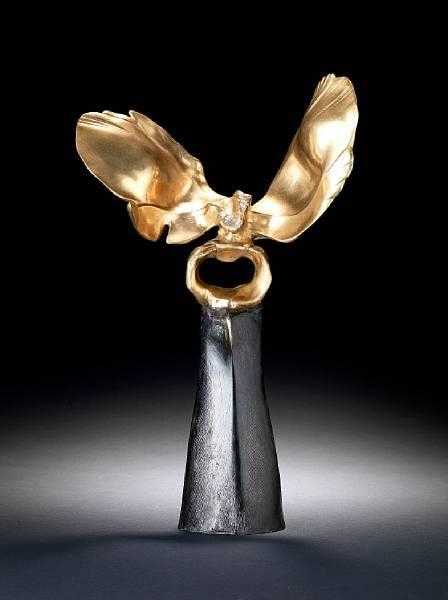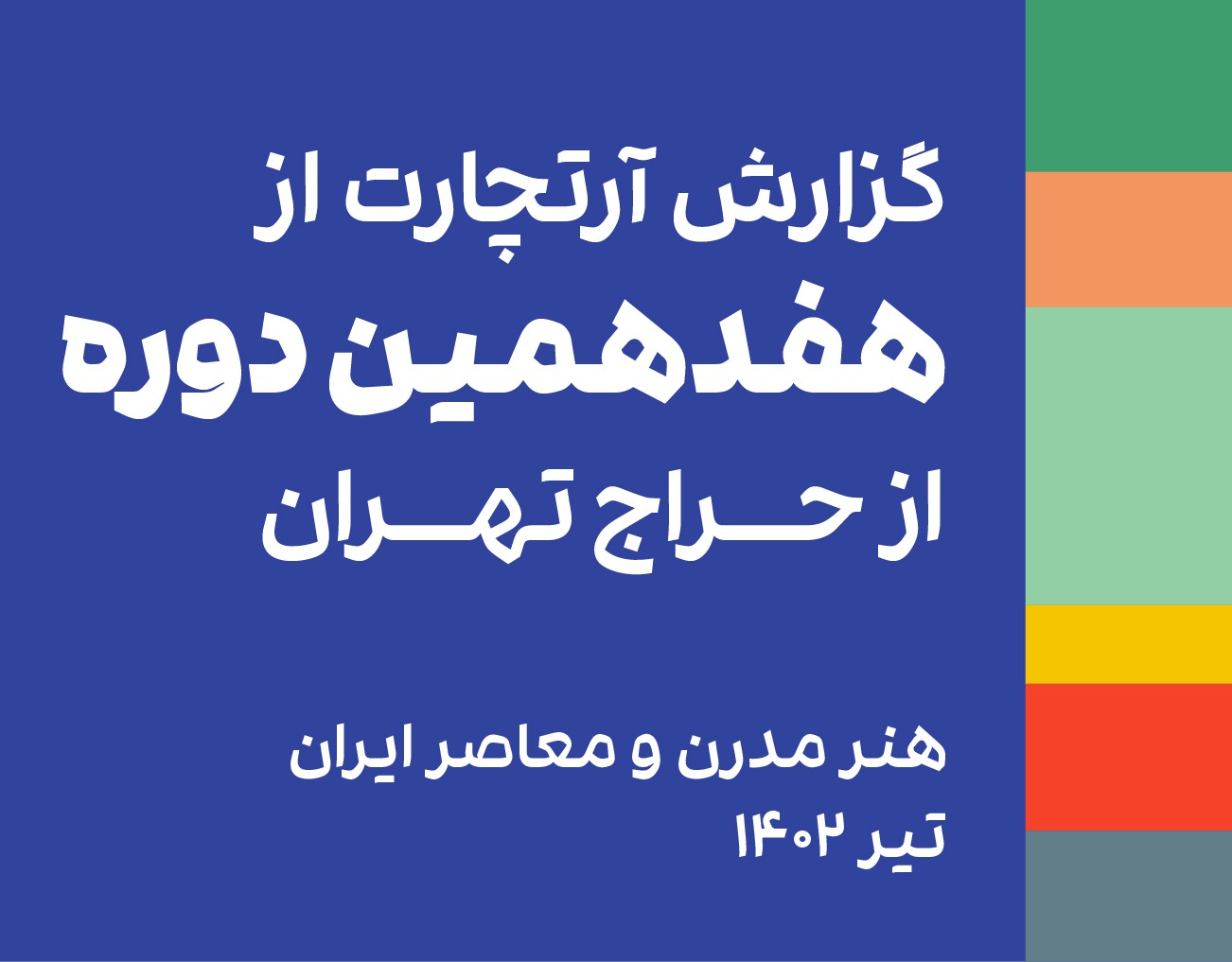Bahman Dadkhah
Iran | 1941About Bahman Dadkhah
Bahman Dadkhah is one of the contemporary Iranian illustrators. Although he is best known for his illustrations for children's books, he has also been active in painting and sculpture. In 1966, he graduated with a degree in dentistry from the University of Tehran, but due to his heartfelt interest, he pursued art. From the beginning of the 1960s, he exhibited his works in various galleries of Tehran. His paintings were exhibited in the third and fourth Tehran Biennale. He held his first solo exhibition in 1965 at Ghandriz Hall.
Dadkhah, along with great people such as Parviz Kalantari, Ali Akbar Sadeghi and Noureddin Zarrin Kolak, is one of the leading figures of illustration in the 1960s. He has had many successful collaborations with the “Center of Development of Children's Thought”. His illustrated books were among the best books of the association and won awards in Bologna, Bratislava and other international works. The pictures he created for the books called “Tokai in the Cage '' and "What the Bird Said '' are pure examples of this period of his career, in which images are realistically very subtle and childish.
But in painting, Dadkhah turns to pure abstraction. However, his treatment of pigment is reminiscent of the color quality of his illustrations. His paintings’ backgrounds are full of dark and muted colors that turn black in the final step, and a halo of vivid and bright colors shows itself on the surface. The soft shades of red and purple like fog spread in the space of the frame and give a mysterious and ethereal quality to his paintings.
His sculptures can be divided into two general groups. First group includes slender figures with very small heads and legs that are exaggeratedly long. The bronze surface of these sculptures has a porous and anxious quality. This period of his works is reminiscent of Giacometti sculptures, both in terms of the general shape and in terms of the materials treatments. His figures become more realistic and muscular in the midst of the revolution. The qualities of the plaintiffs in this period are reminiscent of the approach of the "geometry of fear" sculptures – British sculptors in the early second half of the twentieth century tried to represent the human condition of Europe after the two horrifying world wars by arranging, disfiguring, and placing human figures in grotesque postures. His "hostages" have a political and social state in this respect and reflect the inflammatory atmosphere of the revolution years. Dadkhah exhibited a collection of these statues in 2010 called "Hostage" in An gallery.
In the second group of plaintiff sculptures, nature replaces the human body and a kind of poetic optimism replaces the anxious and bitter viewpoint of the past. "Rings of Light" and "Assurance" are the landmark works of this period in which a golden ring with some shape resembling butterfly wings grows on top of a dark pillar.
Dadkhah, along with great people such as Parviz Kalantari, Ali Akbar Sadeghi and Noureddin Zarrin Kolak, is one of the leading figures of illustration in the 1960s. He has had many successful collaborations with the “Center of Development of Children's Thought”. His illustrated books were among the best books of the association and won awards in Bologna, Bratislava and other international works. The pictures he created for the books called “Tokai in the Cage '' and "What the Bird Said '' are pure examples of this period of his career, in which images are realistically very subtle and childish.
But in painting, Dadkhah turns to pure abstraction. However, his treatment of pigment is reminiscent of the color quality of his illustrations. His paintings’ backgrounds are full of dark and muted colors that turn black in the final step, and a halo of vivid and bright colors shows itself on the surface. The soft shades of red and purple like fog spread in the space of the frame and give a mysterious and ethereal quality to his paintings.
His sculptures can be divided into two general groups. First group includes slender figures with very small heads and legs that are exaggeratedly long. The bronze surface of these sculptures has a porous and anxious quality. This period of his works is reminiscent of Giacometti sculptures, both in terms of the general shape and in terms of the materials treatments. His figures become more realistic and muscular in the midst of the revolution. The qualities of the plaintiffs in this period are reminiscent of the approach of the "geometry of fear" sculptures – British sculptors in the early second half of the twentieth century tried to represent the human condition of Europe after the two horrifying world wars by arranging, disfiguring, and placing human figures in grotesque postures. His "hostages" have a political and social state in this respect and reflect the inflammatory atmosphere of the revolution years. Dadkhah exhibited a collection of these statues in 2010 called "Hostage" in An gallery.
In the second group of plaintiff sculptures, nature replaces the human body and a kind of poetic optimism replaces the anxious and bitter viewpoint of the past. "Rings of Light" and "Assurance" are the landmark works of this period in which a golden ring with some shape resembling butterfly wings grows on top of a dark pillar.
The Most Expensive Artwork
At Auctions
First Attendance
3 March 2008
# Attendance
29
# Artworks
33
Average Realized Price
30,560 USD
Average Min Estimate
21,576 USD
Average Max Estimate
30,153 USD
Sell-through Rate
69.697%
Average Growth of Artwork Worth
52.072%
Timeline
The 23rd Tehran - Modern and Contemporary Iranian Art auction
22 May
A Collection exhibition
10 May
The 19th Tehran -Classic and Modern Iranian Art auction
24 January
A Selection of 70 Years of Iranian Sculpture exhibition
4 August
The 17th Tehran Modern and Contemporary Iranian Art auction
18 July
Point Of View exhibition
25 February
Art and Antiques auction
17 January
The 15th Tehran- Modern Iranian Art auction
14 January
Important Design auction
8 December
The 13th Tehran- Modern and Contemporary Iranian Art auction
15 January
Sculptures auction
27 November
Oriental Art auction
16 November
دوازدهمین دوره حراج تهران auction
17 January
یازدهمین دوره حراج تهران auction
5 July
Neo-expressionism in Iranian Contemporary Art exhibition
10 May
دهمین دوره حراج تهران auction
11 January
Middle Eastern, Modern and Contemporary Art auction
24 October
20th Century Art / Middle East auction
24 April
هشتمین دوره حراج تهران auction
12 January
Art auction
21 October
Modern & Contemporary Art auction
18 March
پنجمین دوره حراج تهران auction
27 May
The Art of Lebanon and Modern and Contemporary Middle Eastern Art auction
27 April
چهارمین دوره حراج تهران auction
29 May
Modern & Contemporary Arab, Iranian and Turkish Art auction
18 March
Modern and Contemporary Arab, Iranian and Turkish Art auction
21 October
Islamic and Indian Art auction
7 October
سومین دوره حراج تهران auction
30 May
Islamic and Indian Art auction
8 April
Hostage exhibition
18 February
Tableaux Orientalistes et Art Moderne Arabe et Iranien auction
16 June
Modern & Contemporary Middle Eastern & South Asian Art auction
3 June
Modern & Contemporary Arab, Iranian, Indian & Pakistani Art auction
24 November
Modern & Contemporary Arab, Iranian, Indian & Pakistani Art auction
3 March
Articles
۱7th Tehran Auction Sales Report 26 July 2023
The 17th Tehran auction: modern and contemporary, was held on Friday July 21st, 2023 at Parsian Azadi Hotel. This auction achieved a total sale of 214 billion tomans equivalent to 4.3 million dollars, which was a growth of 77.8% compared to the previous period. Artchart has observed the 17th Tehran auction in the upcoming report.

